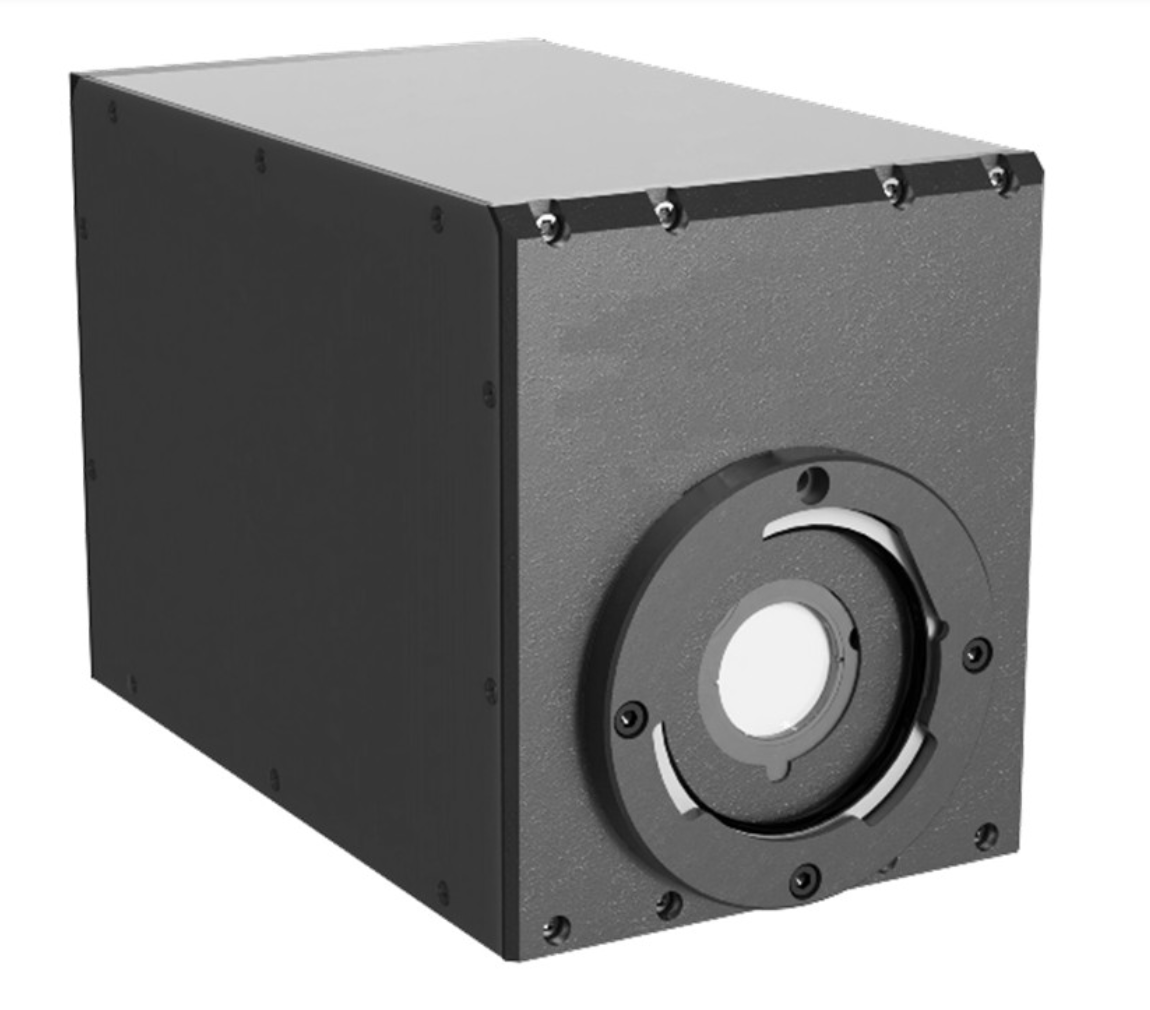MWIR Cooled Cameras & Cores
Our high-performance cooled MWIR cameras are based on the most advanced infrared focal plane technology available today with unmatched sensitivity and ultra-low noise.
- The new G900 Series cooled broadband MWIR cameras provide the same high-resolution imaging and performance as the IRC900 Series scientific cameras, but at a more competitive price point. Based on a closed-cycle Stirling cooled sensor engine, the G900 cameras feature a broadband spectral response (1 to 5 m) and offer advanced outputs like GigE Genicam for digital data and HD-SDI for monitoring, allowing for easy integration and customization in a wide range of applications.
- The IRC800 Series MWIR cameras offer the ultimate in flexibility for research scientists. Cold filters are user-replaceable, thus making the IRC800 the perfect instrument for prototyping system development or where application requirements may change. A 4-filter cold-filter wheel is available as an option for your MWIR camera core. The 1/3-liter LN2 pour-filled Dewar assembly maintains temperature for up to 20 hours unpowered and 9 hours powered which makes the IRC800 Series of cooled MWIR cameras perfect for Scientific Imaging, Spectroscopy, Process Analysis, and Quality Assurance.
- Using closed cycle stirling coolers, the IRC900 Series cameras and their MWIR cooled core provide high thermal sensitivity and spatial resolution in a compact package suitable for laboratory and field use, while offering long-life and resilience under stressing environmental conditions.
Read More



